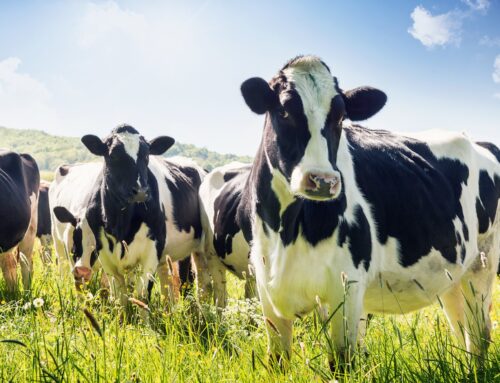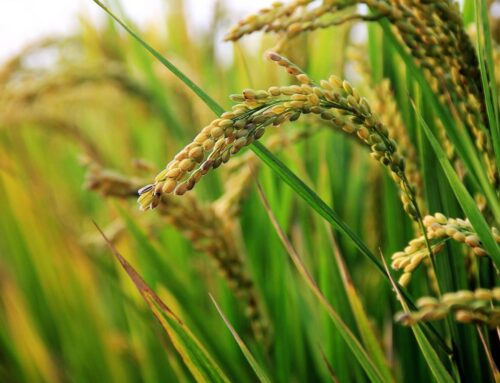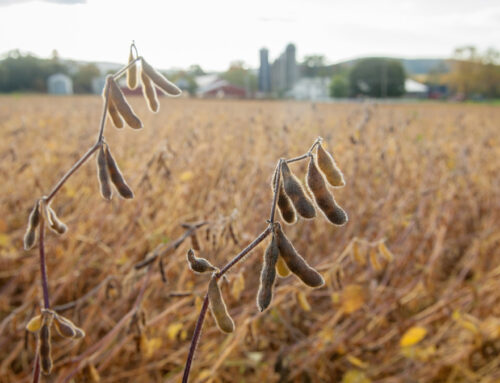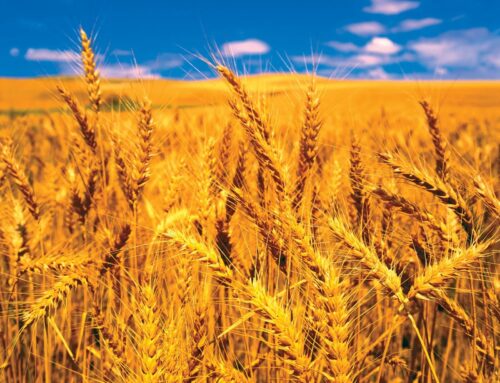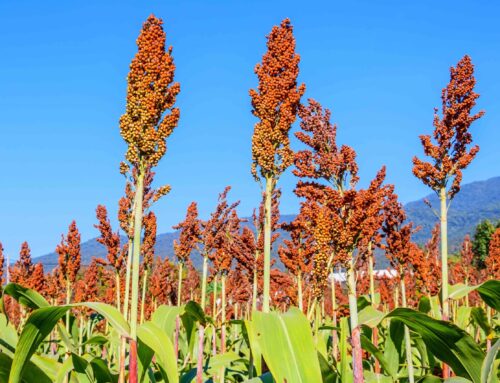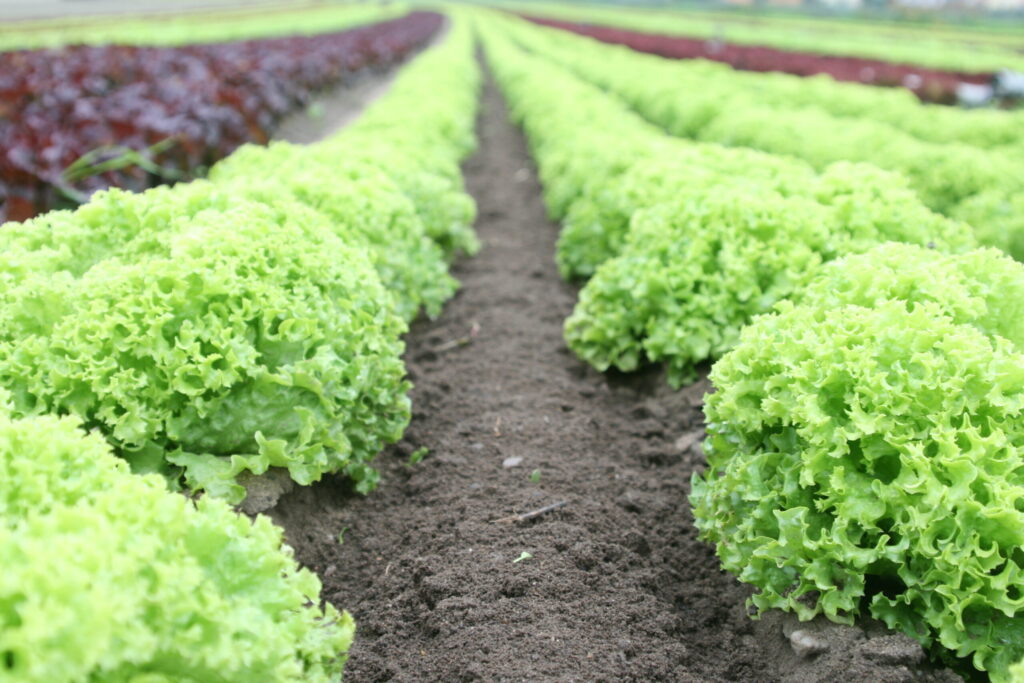
More and more row crop farmers are looking to cover crops every year, but will they work on vegetable crops. According to Eric Brennan, a research horticulturist with the USDA ARS in Salinas, the answer is a resounding “yes”. In fact, he says it’s one of the most important things a grower can do to comply with the new ag order 4.0.
“For example, if you grow, say a lettuce crop and then broccoli during the warmer periods of the year in Salinas. If you follow that with a cover crop like rye, which is a grass – a cereal. That can basically scavenge nitrogen that would otherwise leach down into the aquifer that we use for drinking and irrigation, and then recycle that that can be used in the following year’s production,” said Brennan.
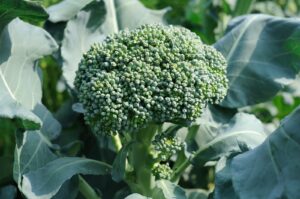 Brennan’s study on the impact of cover crops is now in its 18th year, and he says the data is pretty clear.
Brennan’s study on the impact of cover crops is now in its 18th year, and he says the data is pretty clear.
“What we found was that if you frequently cover crop, then you tend to get much higher yields than if you don’t cover crop as often. And that’s assuming that you apply the same amount of fertilizer. So a farmer could get a higher yield if they don’t grow a cover crop, but they would have to apply more fertilizer. But when we’re growing cover crops, we’re able to get relatively high yields with fewer fertilizer inputs,” noted Brennan.
Brennan says the nitrogen in the cover crop biomass is released back into the soil when it decomposes.
Read the original article – CLICK HERE
